Do's and Don'ts for high school distance runners

By Eric Van Matre, Head Performance Coach
Let’s talk about something I see all the time with high school distance runners: avoiding the weight room. You’re out there logging miles, pushing your limits, but if you’re not building strength alongside that, you’re missing a huge piece of the performance and injury-prevention puzzle.
Strength Isn’t Just for Sprinters
When you’re running, your body has to absorb and manage a lot of stress. Depending on how fast or how far you’re going, every single step you take sends 3 to 6 times your body weight through one leg. That’s a massive load, even on an easy jog. So, if your tissues—muscles, joints, ligaments—aren’t prepped to handle that repeated force, you’re setting yourself up for problems.
So What Do You Actually Need?
Here’s what I look at with athletes:
Full Range of Motion
Can you even move through a full range of motion? Do you know what that looks like? This matters because optimal joint and muscle function comes from being able to move well through your full range. If you can’t, you’re already at a disadvantage.Stability
Once you’ve got that range, the next question is: are you stable in those positions? If I give you a dumbbell or some kind of load, can you maintain those positions? Or do you collapse under pressure? Stability is non-negotiable.Work Capacity
Now you’ve got range and stability. Next is: how long can you hold it together? Can you maintain good movement patterns through a whole set? Through multiple runs a week? That’s what builds durability and keeps you running strong in the middle of races, at the finish line, and week after week.
Bottom line: if you’ve got range, stability, and capacity, you’re going to be a stronger runner who can finish faster, run harder in the middle of races, and most importantly—stay injury-free.
What About Shin Splints, Stress Fractures, and Ankle Pain?
These are crazy common in high school distance runners, but they’re not inevitable. There are real, practical things you can do to reduce the risk.
Foot Tissue Work
Grab a lacrosse ball, golf ball—something firm—and roll out your feet like they’re a big ball of dough. Why? Because your feet are the only thing touching the ground when you run. And when you’re always in shoes, your brain isn’t getting great sensory input from the ground. That means less stability and more stress on those tissues over time.Calf and Ankle Strength
Most people skip this, but it’s a game changer. Your calves need to be strong and flexible. If your calves are tight, your shin muscles pick up the slack—and that’s where you get pain. So work through a full stretch when you train those calves. Build tolerance and capacity there, too.
If you’re a high school cross country athlete who wants to run faster, finish stronger, and stay off the injured list, start taking strength work seriously. The weight room isn’t a distraction from your running—it’s the foundation for it.
